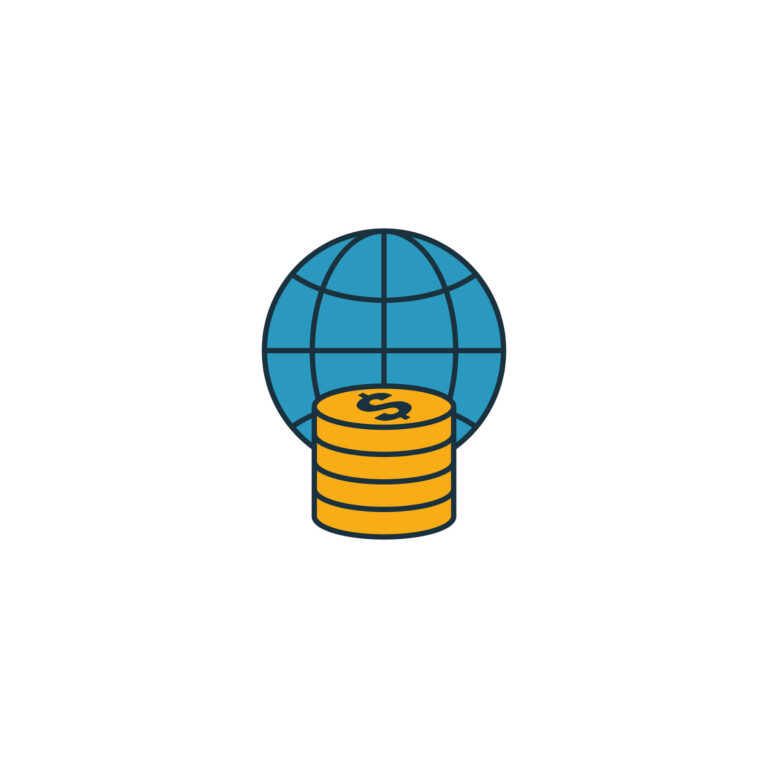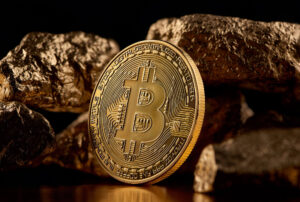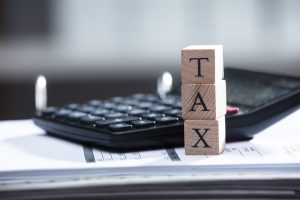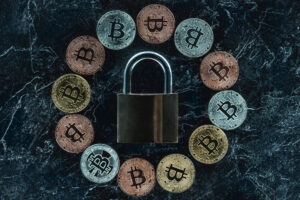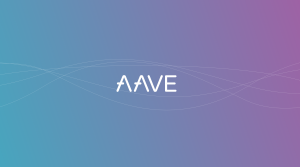Various digital currencies are based on blockchain technology. It enables transparent and unchangeable accounting (engl.=ledger) of property and transfer of tokens or crypto currencies. Tokenization describes the representation of an asset on the blockchain.
These tokens can also be used to represent ownership of objects and possessions in the real world. For example, they can represent an existing FIAT currency such as the US-Dollar (see also Stablecoin) or assets such as gold, real estate art, etc. For this purpose, a central office (e.g. an institution in the form of a trustee or auditor) can connect the tokens of the blockchain with real world assets (RWAs).
Tokenization has the potential to revolutionize the real economy
After careful verification of provenance, condition, and other important elements such as insurance, an independent valuation of the item is performed. Once everything is satisfactory, the values can be represented on the blockchain through tokens. On trading platforms, these tokens can be traded, guaranteeing access to a fractional ownership of the tokenized object.
In this way, blockchain can improve the liquidity and transparency of high-value assets, such as prime real estate or famous works of art. The owners of these properties can raise funds by partially tokenizing their assets. Tokenization democratizes access to investment opportunities traditionally reserved for wealthy investors. In this way, token owners can own a fraction of an asset.
The possibilities are virtually limitless. In addition to securities, illiquid assets can also be tokenized. In many places, there are still no clear legal requirements for bringing traditional financial instruments onto the blockchain. The "crowdsales" of tokens (ICOs), used to raise venture capital are currently being replaced by Security Token Offerings (STOs) in Switzerland and Germany. A solution that already takes into account investor protection, prospectus requirements and other regulatory requirements.

